Home>Maintenance & Safety>Child & Elderly Safety at Home>What Is The Booster Seat Law In Missouri?
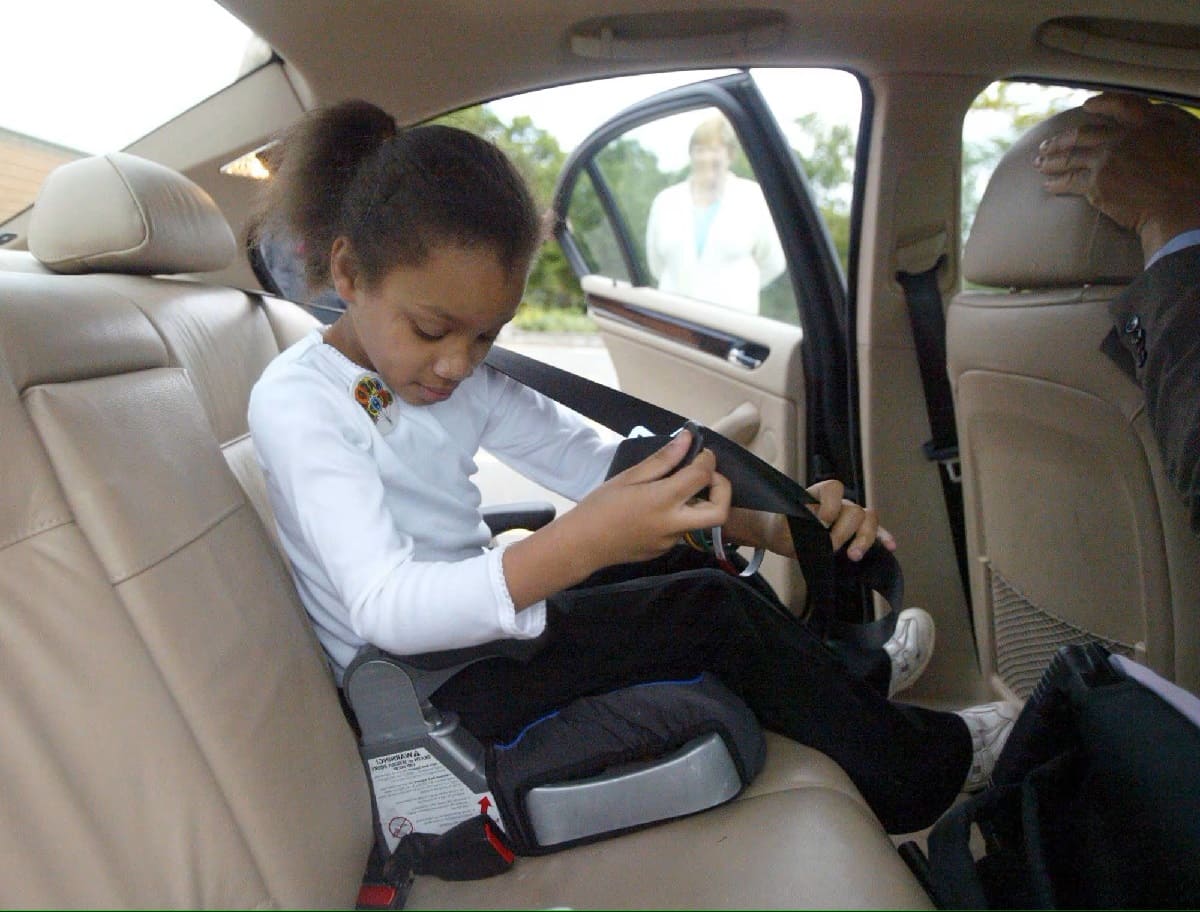

Child & Elderly Safety at Home
What Is The Booster Seat Law In Missouri?
Modified: August 27, 2024
Learn about the booster seat law in Missouri to ensure child and elderly safety at home. Understand the regulations and requirements for proper car seat usage.
(Many of the links in this article redirect to a specific reviewed product. Your purchase of these products through affiliate links helps to generate commission for Storables.com, at no extra cost. Learn more)
Introduction
Child safety is a top priority for parents and caregivers, especially when it comes to traveling in vehicles. In Missouri, as in many other states, there are specific laws and regulations in place to ensure the safety of young passengers. One crucial aspect of these regulations pertains to the use of booster seats for children who have outgrown their forward-facing car seats but are not yet ready to use the vehicle's seat belt alone.
Ensuring that children are properly secured in vehicles is essential for their safety in the event of a collision or sudden stop. Booster seats play a vital role in providing the necessary support and protection for children who have outgrown their car seats but are still too small for adult seat belts.
Understanding the booster seat law in Missouri is crucial for parents, caregivers, and anyone transporting children in vehicles. This law outlines the specific requirements for the use of booster seats, including age, height, and other important factors to consider. By familiarizing themselves with these regulations, individuals can help ensure the safety and well-being of the young passengers in their care.
In this article, we will delve into the details of the booster seat law in Missouri, including the age and height requirements, penalties for non-compliance, exemptions to the law, and the importance of booster seat safety. By gaining a comprehensive understanding of these aspects, readers will be better equipped to prioritize child safety while traveling in vehicles within the state of Missouri.
Key Takeaways:
- Missouri law requires children aged 4-7, under 80 pounds, or shorter than 4’9″ to use booster seats in vehicles for optimal safety and protection.
- Understanding and following the booster seat law in Missouri is crucial to keep young passengers safe, avoid penalties, and contribute to a secure transportation environment.
Read more: What Is The Purpose Of A Booster Seat
What is a booster seat?
A booster seat is a specially designed child restraint system that is intended for use in vehicles to enhance the safety of young passengers. Unlike traditional car seats, which are designed for infants and toddlers, booster seats are specifically tailored to accommodate older children who have outgrown their forward-facing car seats but are not yet tall enough to use the vehicle's seat belt alone.
The primary purpose of a booster seat is to elevate a child to a height where the vehicle's seat belt fits properly across their body. This ensures that the seat belt is positioned correctly, with the shoulder belt crossing the child's shoulder and chest, and the lap belt fitting snugly across their hips and upper thighs. By providing this additional elevation and support, booster seats help minimize the risk of injury in the event of a collision or sudden stop.
Booster seats come in various designs, including backless boosters and high-back boosters. Backless boosters are lightweight and portable, making them convenient for travel and carpooling. High-back boosters, on the other hand, provide added support for the child's head and neck, which can be beneficial for long journeys or if the vehicle's seats have a low back.
It's important to note that booster seats are not a one-size-fits-all solution. They are designed to accommodate children based on their age, height, and weight. Additionally, booster seats should always be used in the back seat of the vehicle, as this is the safest location for young passengers.
In summary, a booster seat serves as a critical transitional safety device for children who have outgrown their forward-facing car seats but are not yet ready to use the vehicle's seat belt alone. By providing the necessary elevation and support, booster seats help ensure that young passengers are securely restrained while traveling in vehicles, ultimately contributing to their safety and well-being.
Missouri booster seat law
In Missouri, the booster seat law is a crucial component of child passenger safety regulations. This law mandates the use of booster seats for certain age and height requirements to ensure the proper restraint of young passengers while traveling in vehicles. Understanding the specifics of this law is essential for parents, caregivers, and anyone responsible for transporting children in Missouri.
The Missouri booster seat law stipulates that children must be secured in an appropriate child restraint system, such as a booster seat, until they reach a certain age and height. Specifically, the law requires that children ages 4 to 7, who weigh less than 80 pounds or are shorter than 4 feet 9 inches, must be restrained in a child passenger restraint system. This system includes booster seats, which are designed to provide the necessary support and positioning for children who have outgrown their forward-facing car seats but are not yet ready to use the vehicle's seat belt alone.
By implementing these regulations, Missouri aims to enhance the safety of young passengers and reduce the risk of injury in the event of a collision or sudden stop. Booster seats play a critical role in ensuring that children are properly secured in vehicles, as they provide the necessary elevation for the seat belt to fit correctly across the child's body. This positioning is essential for maximizing the effectiveness of the seat belt and minimizing the potential for injury.
It's important for individuals in Missouri to be aware of and comply with the booster seat law to prioritize the safety and well-being of young passengers. By adhering to these regulations, parents, caregivers, and drivers can contribute to creating a safer environment for children traveling in vehicles throughout the state.
In summary, the Missouri booster seat law serves as a vital safeguard for young passengers, requiring the use of booster seats for children within specific age and height parameters. By adhering to these regulations, individuals can play a proactive role in ensuring the safety of children while traveling in vehicles within the state of Missouri.
Age and height requirements
In Missouri, the booster seat law outlines specific age and height requirements that determine when children are ready to transition from a booster seat to using the vehicle's seat belt alone. Understanding these requirements is crucial for parents, caregivers, and anyone responsible for the safety of young passengers in vehicles.
According to Missouri law, children between the ages of 4 and 7 are required to be secured in a child passenger restraint system, including booster seats, if they weigh less than 80 pounds or are shorter than 4 feet 9 inches. These parameters are based on the understanding that children within this age and size range may not yet be adequately protected by adult seat belts alone.
The age and height requirements specified in the booster seat law are designed to ensure that children are provided with the necessary support and positioning to maximize the effectiveness of the vehicle's seat belt. By utilizing booster seats, children who have outgrown their forward-facing car seats but are not yet tall enough to use adult seat belts can benefit from the additional elevation and support provided by the booster seat.
It's important to recognize that these requirements are not arbitrary; rather, they are informed by extensive research and safety standards aimed at minimizing the risk of injury to young passengers in the event of a collision or sudden stop. By adhering to these age and height requirements, parents, caregivers, and drivers can play a proactive role in prioritizing the safety and well-being of children while traveling in vehicles.
Understanding the age and height requirements for booster seat use is essential for ensuring that children are adequately protected during car journeys. By following these guidelines, individuals can contribute to creating a safer and more secure environment for young passengers, ultimately reducing the risk of injury and enhancing overall child passenger safety.
In summary, the age and height requirements specified in the Missouri booster seat law serve as fundamental criteria for determining when children should transition from using booster seats to utilizing the vehicle's seat belt alone. By adhering to these requirements, individuals can help ensure the optimal safety and protection of young passengers while traveling in vehicles within the state of Missouri.
Children under 8 or 80 lbs must use a booster seat in Missouri. It’s important to follow this law to keep kids safe in the car.
Penalties for non-compliance
Non-compliance with the booster seat law in Missouri can have serious consequences, including potential penalties and fines for individuals who fail to adhere to the specified regulations. The law is in place to prioritize the safety and well-being of young passengers, and it is essential for parents, caregivers, and drivers to understand the potential repercussions of non-compliance.
In Missouri, the penalties for non-compliance with the booster seat law can vary depending on the specific circumstances and the discretion of law enforcement officers. Individuals found to be in violation of the law may face fines and citations, which can result in financial consequences and potential points on their driving records. These penalties serve as a deterrent to encourage compliance with the booster seat regulations and underscore the importance of prioritizing child passenger safety.
Additionally, non-compliance with the booster seat law can also have broader implications for the safety of young passengers. Failing to use a booster seat for a child who meets the age and height requirements specified in the law can increase the risk of injury in the event of a collision or sudden stop. Without the proper support and positioning provided by a booster seat, children may be more vulnerable to the potential impact of a vehicle-related incident.
It's important for individuals in Missouri to recognize that the penalties for non-compliance with the booster seat law extend beyond potential fines and citations. The primary concern is the safety and protection of young passengers, and adhering to the booster seat regulations is essential for minimizing the risk of injury and ensuring the well-being of children while traveling in vehicles.
By understanding the potential penalties for non-compliance, individuals can make informed decisions regarding the use of booster seats and prioritize the safety of young passengers. Compliance with the law not only helps avoid potential fines and citations but, more importantly, contributes to creating a safer and more secure environment for children traveling in vehicles throughout the state of Missouri.
In summary, the penalties for non-compliance with the booster seat law in Missouri underscore the importance of adhering to the specified regulations to prioritize child passenger safety. Understanding these potential repercussions is crucial for individuals responsible for the transportation of young passengers, as it reinforces the significance of using booster seats to enhance the safety and well-being of children while traveling in vehicles within the state.
Read more: What Is The Most Narrow Booster Seat?
Exemptions to the law
In Missouri, while the booster seat law establishes crucial guidelines for the safety of young passengers, there are specific exemptions that warrant consideration. These exemptions provide insight into scenarios where the use of booster seats may not be mandatory, offering clarity for parents, caregivers, and drivers responsible for transporting children in vehicles.
One notable exemption to the booster seat law in Missouri pertains to vehicles that are not equipped with lap and shoulder belts in the back seat. In such instances, if the vehicle is not equipped with the necessary restraints to accommodate a booster seat, the law does not mandate its use. This exemption acknowledges the practical limitations posed by vehicle restraints and ensures that the law remains feasible and applicable in diverse transportation settings.
Another exemption to the booster seat law involves medical waivers. Children who have medical conditions or physical characteristics that make the use of a booster seat impractical or potentially harmful may be exempt from the requirements outlined in the law. In such cases, a medical waiver can be obtained, providing a legitimate basis for not utilizing a booster seat based on the specific needs and circumstances of the child.
Furthermore, the booster seat law in Missouri includes an exemption for children traveling in taxis, as well as for emergency situations. In instances where children are being transported in taxis or during emergency situations, the law may not strictly enforce the use of booster seats. This exemption recognizes the unique nature of these transportation scenarios, where the immediate availability of a booster seat may not always be feasible or practical.
It's important for individuals in Missouri to be aware of these exemptions and understand the circumstances under which the use of booster seats may not be mandatory. By recognizing these exemptions, parents, caregivers, and drivers can navigate various transportation scenarios with a clear understanding of when the booster seat law applies and when exemptions may be applicable.
In summary, the exemptions to the booster seat law in Missouri provide valuable insights into scenarios where the use of booster seats may not be mandatory. By acknowledging practical limitations, medical considerations, and unique transportation situations, these exemptions offer clarity and guidance for individuals responsible for the safety of young passengers in vehicles within the state.
Importance of booster seat safety
Ensuring the safety of young passengers in vehicles is a paramount responsibility for parents, caregivers, and anyone involved in transporting children. The importance of booster seat safety cannot be overstated, as these specially designed restraints play a critical role in safeguarding children who have outgrown their forward-facing car seats but are not yet ready to use the vehicle's seat belt alone.
Booster seat safety is essential for providing the necessary support and positioning to ensure that the vehicle's seat belt fits properly across a child's body. Without the use of a booster seat, children who do not meet the age and height requirements specified in the law may be at increased risk of injury in the event of a collision or sudden stop. The elevated seating position provided by a booster seat allows the seat belt to align correctly with the child's shoulder, chest, hips, and upper thighs, minimizing the potential for injury and maximizing the effectiveness of the restraint system.
Research and safety standards underscore the significance of booster seat safety in protecting young passengers. Studies have shown that the use of booster seats can significantly reduce the risk of injury for children in vehicle-related incidents. By providing the necessary support and positioning, booster seats help mitigate the potential impact of a collision, offering an added layer of protection for children during car journeys.
Moreover, booster seat safety promotes peace of mind for parents and caregivers, knowing that children are securely restrained and protected while traveling in vehicles. By prioritizing the use of booster seats, individuals can demonstrate their commitment to the safety and well-being of young passengers, fostering a culture of responsible and attentive child passenger safety.
In addition, booster seat safety aligns with broader efforts to enhance overall child passenger safety and reduce the incidence of preventable injuries. By adhering to the booster seat law and prioritizing the safety of young passengers, individuals contribute to creating a safer and more secure environment for children traveling in vehicles throughout Missouri.
In summary, the importance of booster seat safety cannot be overstated. By providing the necessary support and positioning, booster seats play a crucial role in safeguarding children during car journeys, minimizing the risk of injury, and promoting peace of mind for parents and caregivers. Prioritizing booster seat safety aligns with broader efforts to enhance child passenger safety and contributes to creating a safer transportation environment for young passengers in Missouri.
Conclusion
In conclusion, the booster seat law in Missouri serves as a vital framework for prioritizing the safety and well-being of young passengers while traveling in vehicles. By mandating the use of booster seats for children within specific age and height parameters, the law aims to ensure that children are provided with the necessary support and positioning to maximize the effectiveness of the vehicle's seat belt. This proactive approach to child passenger safety reflects a commitment to minimizing the risk of injury and creating a safer transportation environment for children throughout the state.
Understanding the age and height requirements for booster seat use is essential for parents, caregivers, and drivers, as it provides clear guidelines for determining when children should transition from using booster seats to utilizing the vehicle's seat belt alone. By adhering to these requirements, individuals can contribute to creating a safer and more secure environment for young passengers, ultimately reducing the risk of injury and enhancing overall child passenger safety.
Furthermore, the potential penalties for non-compliance with the booster seat law underscore the importance of adhering to the specified regulations. By recognizing the repercussions of non-compliance, individuals can make informed decisions regarding the use of booster seats and prioritize the safety of young passengers. Compliance with the law not only helps avoid potential fines and citations but, more importantly, contributes to creating a safer and more secure environment for children traveling in vehicles throughout Missouri.
It is also crucial to be aware of the exemptions to the booster seat law, as they provide valuable insights into scenarios where the use of booster seats may not be mandatory. By acknowledging practical limitations, medical considerations, and unique transportation situations, these exemptions offer clarity and guidance for individuals responsible for the safety of young passengers in vehicles within the state.
Ultimately, the importance of booster seat safety cannot be overstated. By providing the necessary support and positioning, booster seats play a crucial role in safeguarding children during car journeys, minimizing the risk of injury, and promoting peace of mind for parents and caregivers. Prioritizing booster seat safety aligns with broader efforts to enhance child passenger safety and contributes to creating a safer transportation environment for young passengers in Missouri.
In summary, the booster seat law in Missouri, along with its age and height requirements, potential penalties for non-compliance, exemptions, and the importance of booster seat safety, collectively underscore the significance of prioritizing child passenger safety. By adhering to these regulations and embracing the principles of booster seat safety, individuals can play a proactive role in ensuring the safety and protection of young passengers while traveling in vehicles within the state of Missouri.
Frequently Asked Questions about What Is The Booster Seat Law In Missouri?
Was this page helpful?
At Storables.com, we guarantee accurate and reliable information. Our content, validated by Expert Board Contributors, is crafted following stringent Editorial Policies. We're committed to providing you with well-researched, expert-backed insights for all your informational needs.

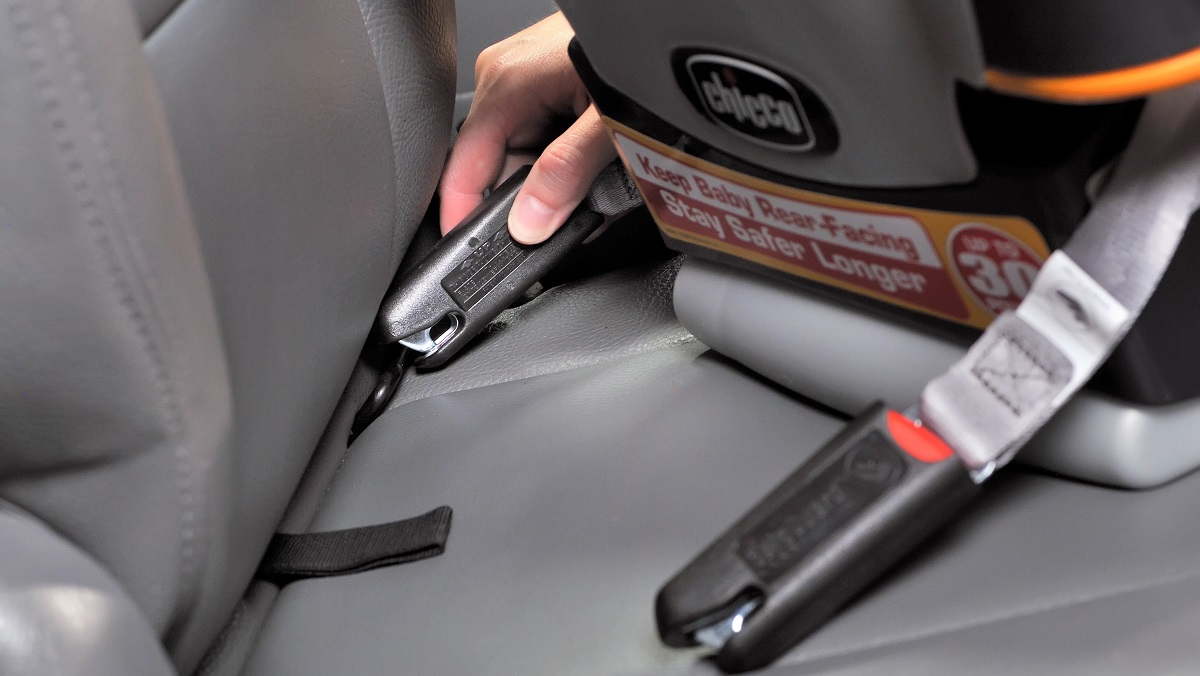

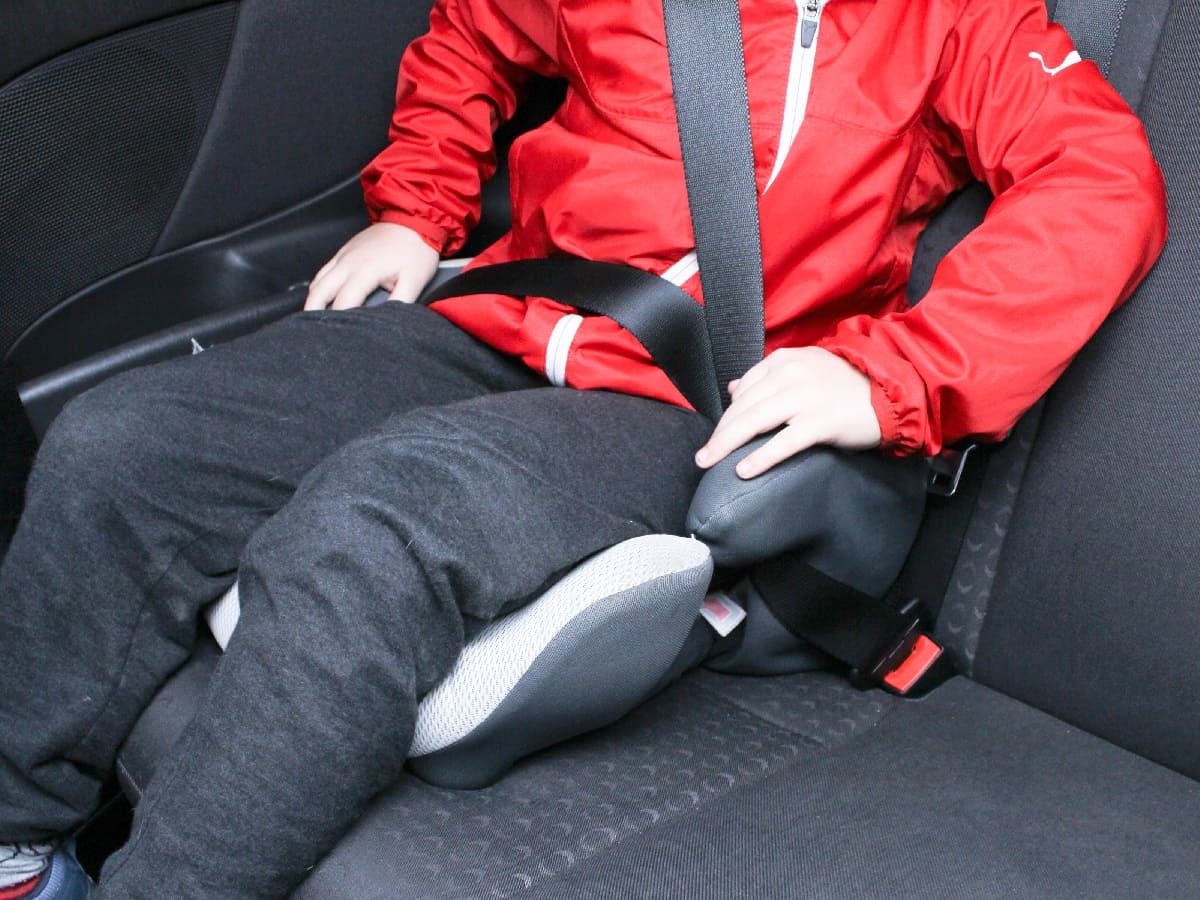







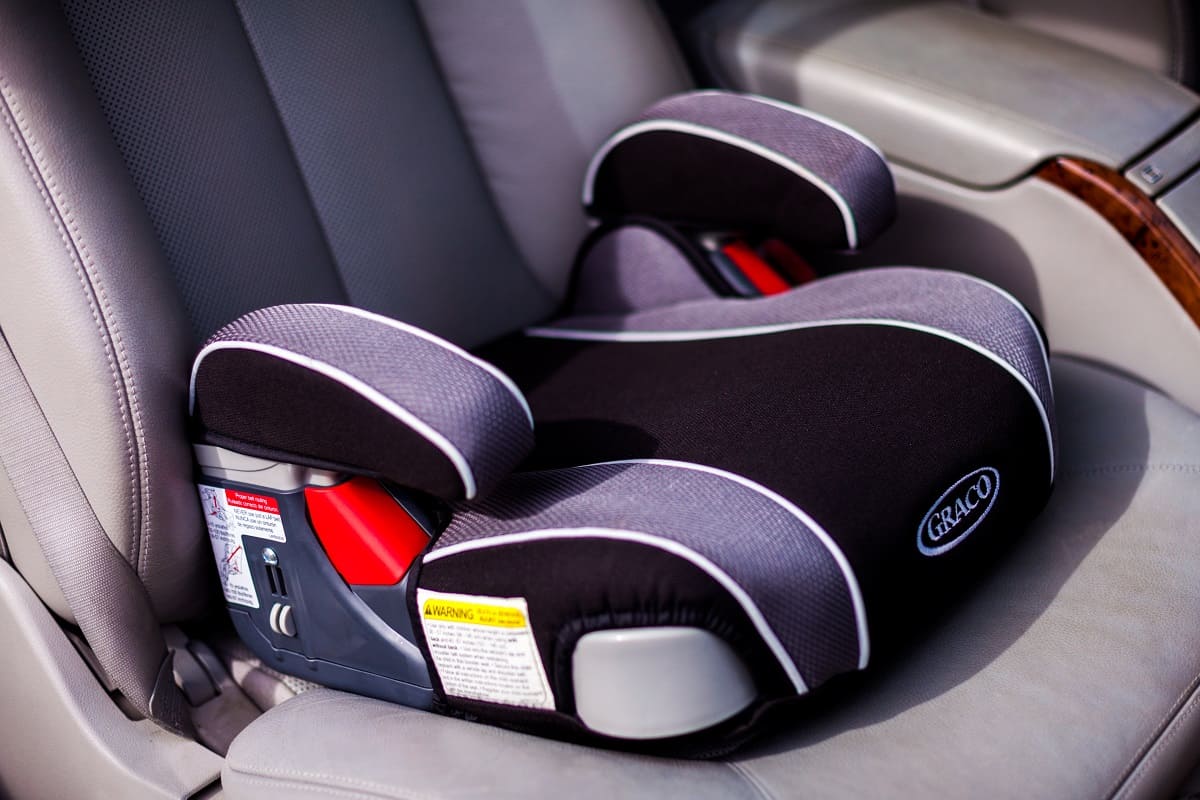

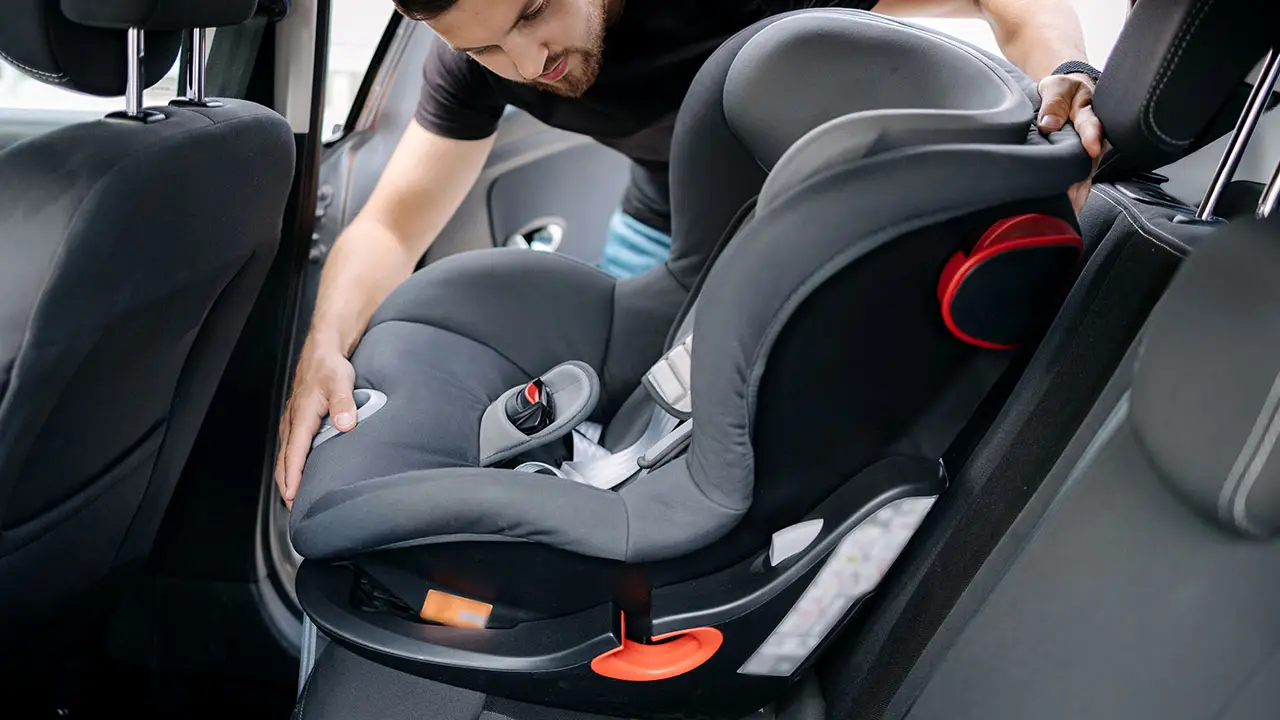

0 thoughts on “What Is The Booster Seat Law In Missouri?”